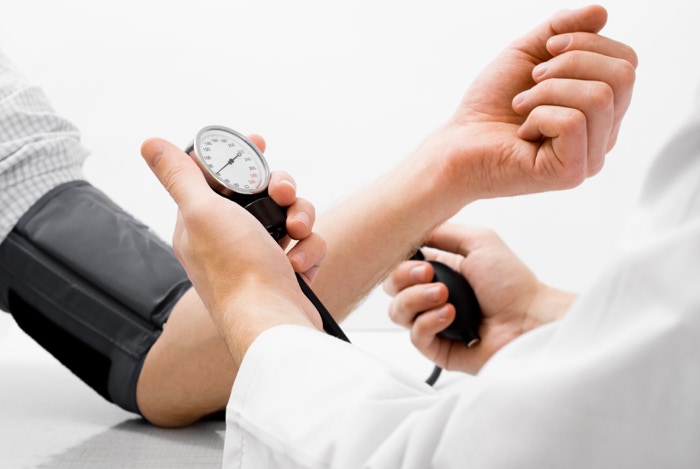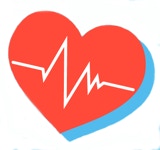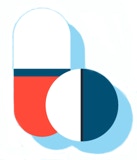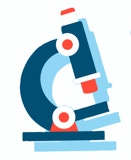
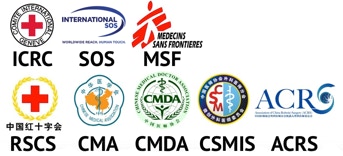
Doctors
Institutions
Conditions
Drugs
Insurances
TCM
Research
About Us
Contact Us
What is blood pressure?
Blood pressure is the force of the blood pushing against the artery walls. The force is generated with each heartbeat as blood is pumped from the heart into the blood vessels. The size and elasticity of the artery walls also affect blood pressure. Each time the heart beats (contracts and relaxes), pressure is created inside the arteries.
The pressure is greatest when blood is pumped out of the heart into the arteries. When the heart relaxes between beats (blood is not moving out of the heart), the pressure falls in the arteries.
Two numbers are recorded when measuring blood pressure.
The top number, or systolic pressure, refers to the pressure inside the artery when the heart contracts and pumps blood through the body.
The bottom number, or diastolic pressure, refers to the pressure inside the artery when the heart is at rest and is filling with blood.
Both the systolic and diastolic pressures are recorded as "mm Hg" (millimeters of mercury). This recording represents how high the mercury column in the blood pressure cuff is raised by the pressure of the blood.
Blood pressure is measured with a blood pressure cuff and stethoscope by a nurse or other healthcare provider. You can also take your own blood pressure with an electronic blood pressure monitor. These are available at most pharmacies.
High blood pressure, or hypertension, directly increases the risk of heart attack and stroke. With high blood pressure, the arteries may have an increased resistance against the flow of blood, causing the heart to pump harder to circulate the blood. Usually, high blood pressure has no signs or symptoms. However, you can know if your blood pressure is high by checking it yourself or by having it checked regularly by your healthcare provider.
The National Heart, Lung, and Blood Institute (NHLBI) of the National Institutes of Health (NIH) has determined 2 levels of high blood pressure for adults:
Stage 1
140 mm Hg to 159 mm Hg systolic pressure—higher number
and
90 mm Hg to 99 mm Hg diastolic pressure—lower number
Stage 2
160 mm Hg or higher systolic pressure
and
100 mm Hg or higher diastolic pressure
The NHLBI defines prehypertension as:
120 mm Hg to 139 mm Hg systolic pressure
and
80 mm Hg to 89 mm Hg diastolic pressure
The NHLBI guidelines define normal blood pressure as follows:
Less than 120 mm Hg systolic pressure
and
Less than 80 mm Hg diastolic pressure
Use these numbers as a guide only. A single elevated blood pressure measurement is not necessarily an indication of a problem. Your healthcare provider will want to see multiple blood pressure measurements over several days or weeks before making a diagnosis of high blood pressure and starting treatment. If you normally run a lower-than-usual blood pressure, you may be diagnosed with high blood pressure with blood pressure measurements lower than 140/90.
What are the risk factors for high blood pressure?
Nearly one-third of all Americans have high blood pressure, but it is particularly prevalent in:
People who have diabetes, gout, or kidney disease
African Americans (particularly those who live in the southeastern U.S.)
People in their early to middle adult years; men in this age group have higher blood pressure more often than women in this age group
People in their middle to later adult years; women in this age group have higher blood pressure more often than men in this age group (more women have high blood pressure after menopause than men of the same age)
Middle-aged and elderly people; more than half of all Americans age 60 and older have high blood pressure
People with a family history of high blood pressure
People consuming a high salt diet
Overweight people
Heavy drinkers of alcohol
Women who are taking oral contraceptives
People with depression
How does blood pressure increase?
The following conditions contribute to high blood pressure:
Being overweight
Excessive sodium intake
A lack of exercise and physical activity
How is high blood pressure controlled?
These steps can help you control your blood pressure:
Take prescribed medicine exactly as directed by your healthcare provider
Choose foods that are low in sodium (salt)
Choose foods low in calories and fat
Choose foods high in fiber
Maintain a healthy weight, or losing weight if overweight
Limit serving sizes
Increase physical activity
Reduce or omit alcoholic beverages
Sometimes daily medicine is needed to control high blood pressure. If you have high blood pressure, have your blood pressure checked routinely and see your healthcare provider to monitor the condition.
